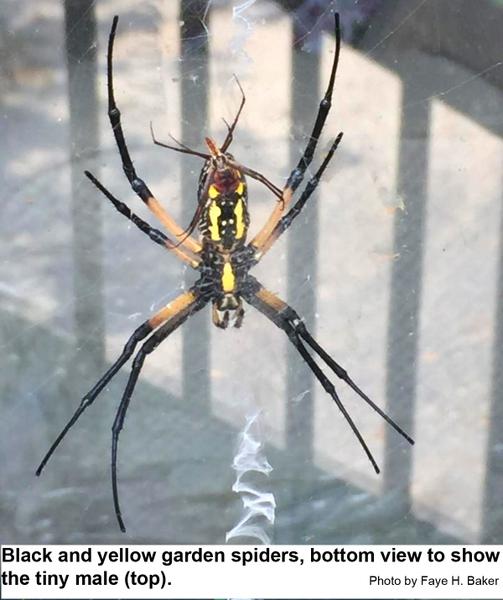It's Tuesday mid-afternoon and I am just sitting down after a very challenging week. The whole week has not been challenging, just most of it. Over the past weekend, as now, I have felt depleted.
On Sunday, I was driving in my car and listening to the NYT The Daily interview podcast. The interviewee was Anthony Hopkins, of movie star fame and now 87 years old. If he is as he sounded in his interview, he seems to be a completely lovely man. He, apparently, continues to act and keeps a full schedule. When asked, by the interviewer, what he does when he is not working he replied, "Oh I don't know, read, play the piano." At the end of the interview, he was asked to read this poem. He went to fetch the book and he read so beautifully. It might be considered a masculine poem, but I don't care. Beauty is beauty and we all need beauty in our lives. The other thing about this poem, it's an honest poem. We all need honesty in our lives, too.
There is a lot about birds, bird song, the land, flowers and, as always, so much more, especially the wind. I loved the poem and loved hearing Anthony Hopkins read it. I think it fits well on this blog and, even if it doesn't, it fits well in my heart. Though unrelated to my current conundrum, the words will give me courage to say words of my own to end a thirty plus year friendship.
Everything below was copied from Your Daily Poem. Thank you to Your Daily Poem.com.
| |||
|






















